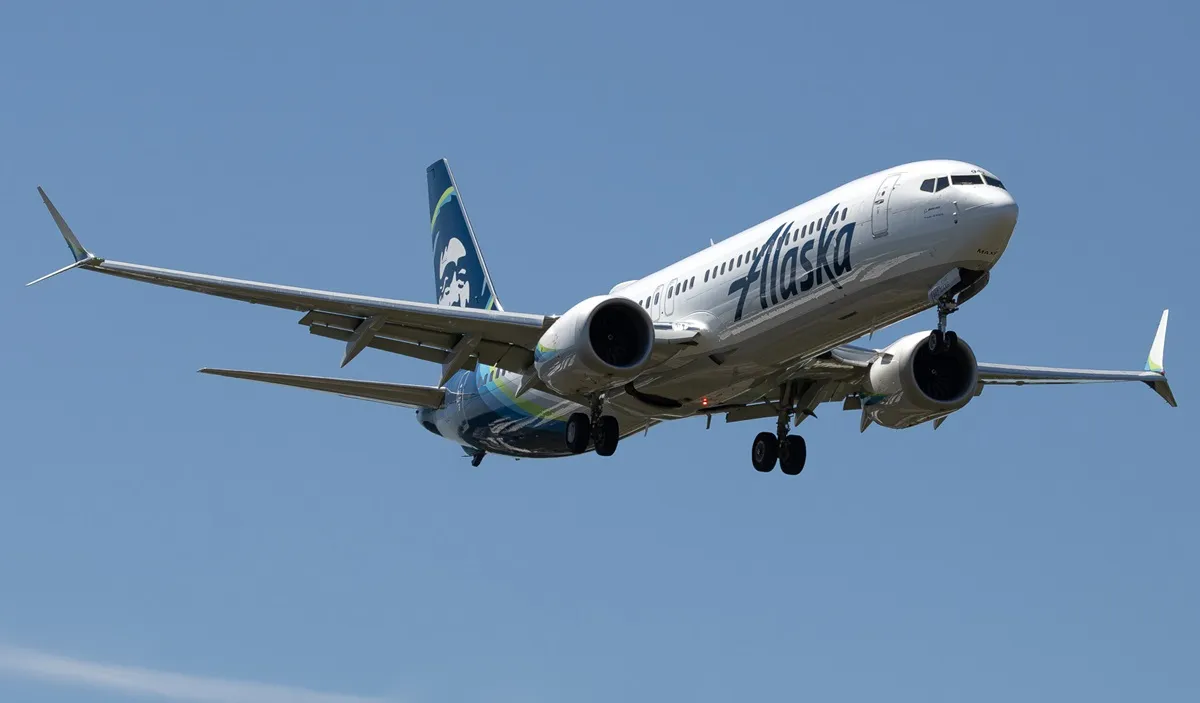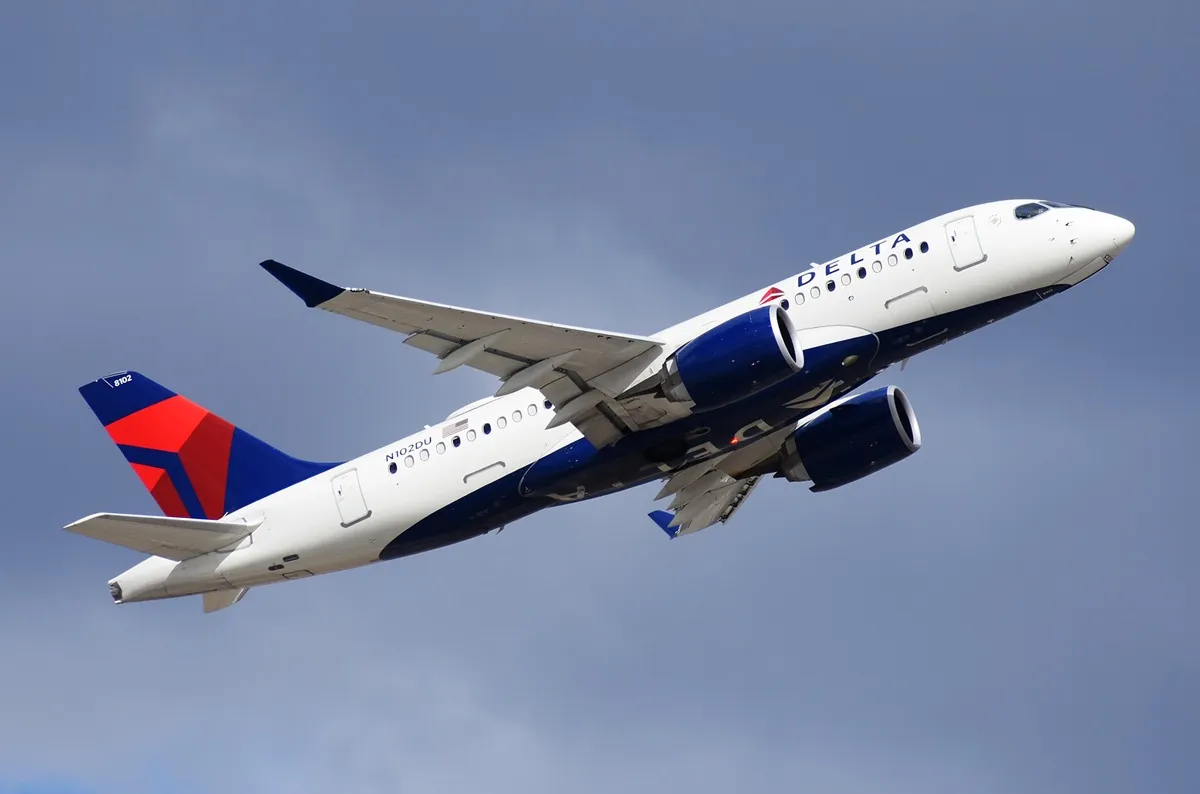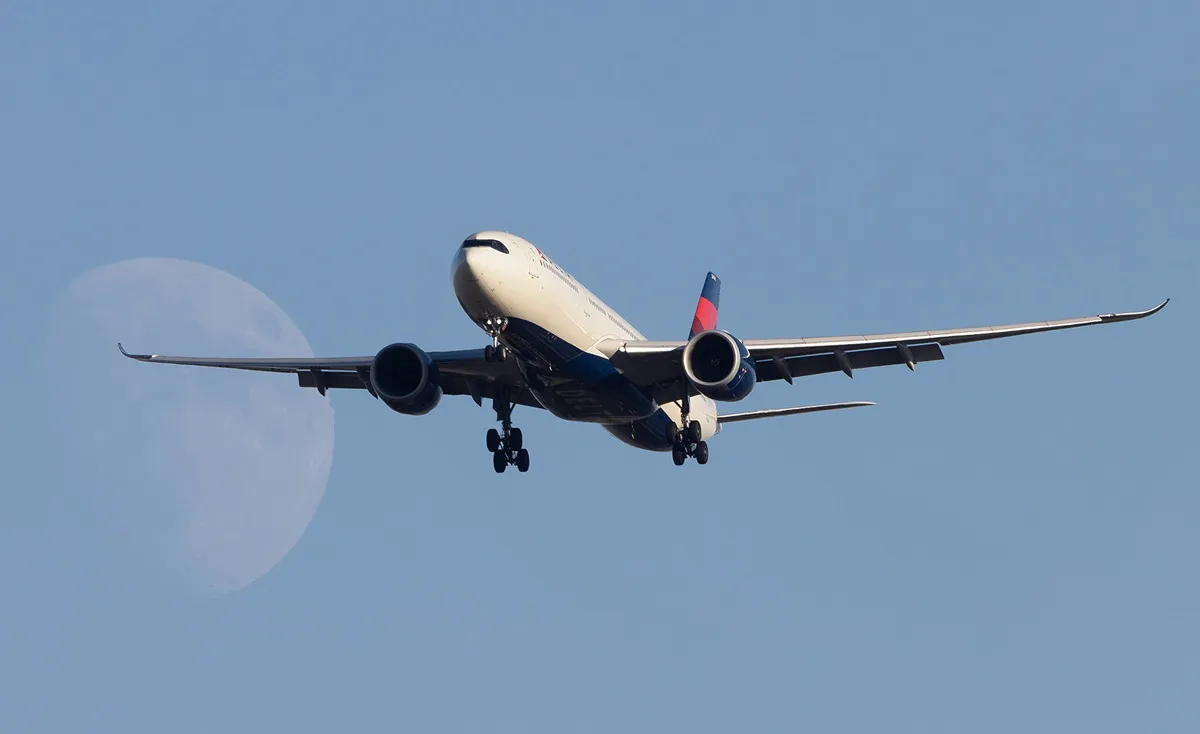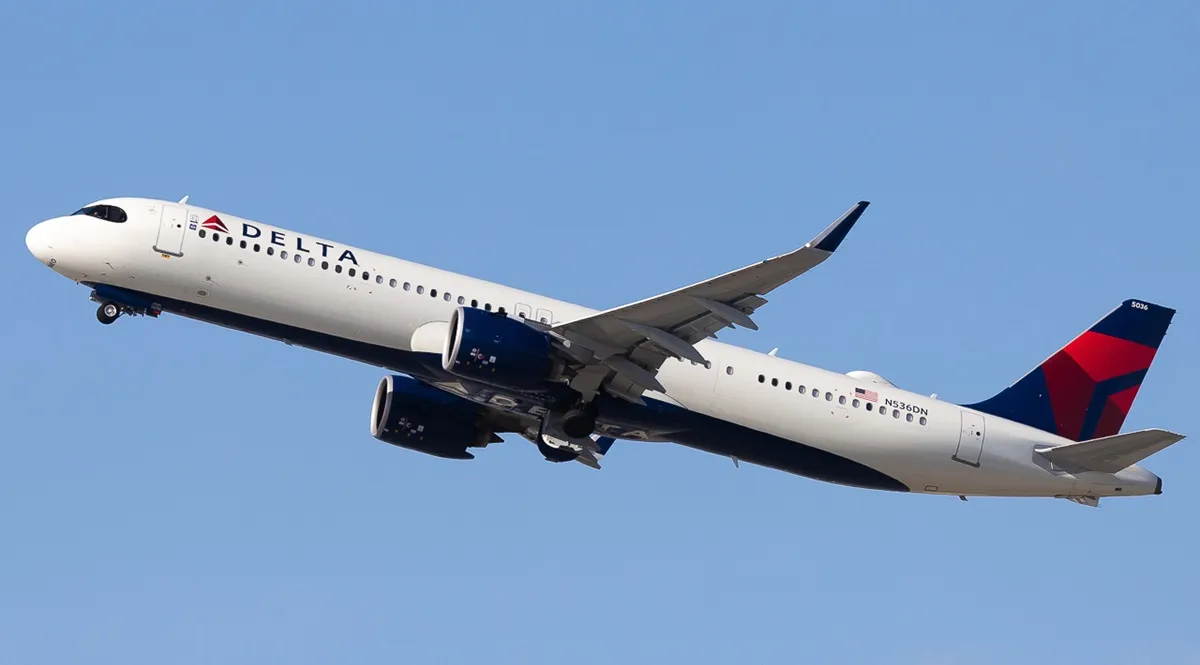
You may have noticed the large painted numbers (or alphanumeric in some cases) on either end of the runways. Have you ever wondered what those represent and why there are a maximum of two numbers between 1 and 36?
All runways are numbered based on the magnetic compass bearing, which identifies the direction of the runway.
Runway numbers are determined by rounding the compass bearing (up to 360 degrees) at each end of the runway to the nearest 10 degrees and truncating the last digit.
In other words, a 10-degree orientation on one end will be numbered 1, a 360-degree orientation is number 36, and everything in between.
That way, each end of the runway is numbered between 1 and 36, depending on its compass bearing.
The opposite end of the runway certainly differs by 180 degrees and numbered 18 higher or lower. If there are multiple parallel runways with the same compass bearing, L (for left) and R (for right) are added as the suffixes.
A common example is the two pairs of parallel runways at San Francisco International Airport (SFO), which are numbered as follows:
- Runway 10L/28R (oriented east-west with 100 degrees on one end and 280 degrees on the other)
- Runway 10R/28L (oriented east-west with 100 degrees on one end and 280 degrees on the other)
- Runway 01R/19L (oriented north-south with 10 degrees on one end and 190 degrees on the other)
- Runway 01L/19R (oriented north-south with 10 degrees on one end and 190 degrees on the other)
A small number of airports have three parallel runways, enabling the need for a "C" (for center) for the middle runway. A common example is the three parallel runways at Amsterdam Schiphol Airport (AMS), which are numbered as follows:
- Runway 18R/36L
- Runway 18L/36R
- Runway 18C/36C
All runways are oriented north-south with 180 degrees on one end and 360 degrees on the other end. Notably, parallel runways do not necessarily align lengthwise.
Runway markings
- The specific alignment of runways and their markings allow aircraft to take advantage of the prevailing wind.
- Large airports offer a range of runway configurations to allow year-long flight operations despite seasonal wind directions.
- Every commercial and military airfield should have runway designations permanently painted on each end of the runway.
- Runway designations are displayed in English, the universal aviation language, in block letters
- Runway markings and designations are painted in white color
- Airstrips onboard naval aircraft carriers do not have runway designations. The carrier is turned in the direction of the wind for take-off and landing operations.
Runway numbers are connected to the direction the aircraft is flying. In other words, the number on the end of the runway does not designate the direction of that side but instead the direction towards the other end.
As such, if an aircraft is waiting to take off from Runway 10L at SFO, it is waiting at the west end of the runway strip but is flying east (100 degrees on the compass). Similarly, if an aircraft is on Runway 36 (numbered on the south end of the runway), the aircraft is moving north.
Depending on the prevailing winds, most runways are designed to be used in either direction. Aircraft generally take off in the opposite direction of the wind (headwind), taking advantage in terms of engine power and takeoff speed.
Airport operational procedures require Air Traffic Controllers (AC) and pilots to pronounce runway numbers and letters (if any) individually, ensuring it is clearly communicated, heard, and understood.
For example, an aircraft receiving clearance to land at Runway 28R at SFO will receive the instructions as, "United 143, you are cleared to land on Runway Two Eight Right”. The pilot receiving the instructions affirms with a complete pronunciation.
Aviation regulations surrounding runway markings
The Federal Aviation Administration (FAA) in the United States offers guidance regarding runway markings, including visual, non-precision, and precision instruments.
- Runway Designators. Runway numbers and letters are determined from the approach direction.
- The runway number is the whole number nearest one-tenth the magnetic azimuth of the runway's centerline, measured clockwise from the magnetic north.
- The letters differentiate between left (L), right (R), or center (C) parallel runways, as applicable:
- For two parallel runways, "L" and "R."
- For three parallel runways, "L," "C" and "R."
- Runway Centerline Marking: The runway centerline identifies the center of the runway and provides alignment guidance during takeoff and landings. The centerline consists of a line of uniformly spaced stripes and gaps.
- Runway Aiming Point Marking: The aiming point marking serves as a visual aiming point for a landing aircraft. These two rectangular markings consist of a broad white stripe located on each side of the runway centerline and approximately 1,000 feet from the landing threshold.
- Runway Touchdown Zone Markers: Identify the touchdown zone for landing operations and are coded to provide distance information in 500-foot (150 m) increments.
- Runway Side Stripe Marking: They provide a visual contrast between runway and the abutting terrain or shoulders. Side stripes consist of continuous white stripes located on each side of the runway.
- Runway Shoulder Markings: May be used to supplement runway side stripes to identify pavement areas contiguous to the runway sides that are not intended for use by aircraft. Runway shoulder stripes are yellow.
- Runway Threshold Markings: These come in two configurations. They either consist of eight longitudinal stripes of uniform dimensions disposed symmetrically about the runway centerline, or the number of stripes is related to the runway width. A threshold marking helps identify the beginning of the runway that is available for landing. In some instances, the landing threshold may be relocated or displaced.
Runway numbers shift with the magnetic field
The Earth’s magnetic field constantly changes, affecting all forms of navigation. These changes also affect airport operations, resulting in changes to runway numbers. In 2009, Fairbanks International Airport (FAI) in Alaska renamed one of its runways from 1L/19R to 2L/20R due to a large enough shift in magnetic north. The National Centers for Environmental Information (NCEI) research model suggests that the airport will likely need another runway number change in or around 2033.
The data-based World Magnetic Model (WMM) developed by NCEI is utilized for navigation, orientation, and heading references. According to the NCEI,
“The data that go into the WMM come from many sources, primarily satellite observations and a global network of 120 magnetic observatories. Satellites help scientists separate various contributions to the magnetic field, according to Chulliat. Earth’s core contributes to the magnetic field, but so do magnetic rocks in Earth’s subsurface and electrical currents in the atmosphere and beyond.”
The FAA uses magnetic information for runway numbering
Aircraft rely on magnetic compasses for their primary instruments, including those for navigation. Earth’s magnetic field shifts affect many aspects of aviation, including ground-based equipment like the instrument landing system (ILS).
The FAA requires periodic checking of the magnetic field in the airport's vicinity, and runway numbers are updated accordingly to ensure safe flight operations.



